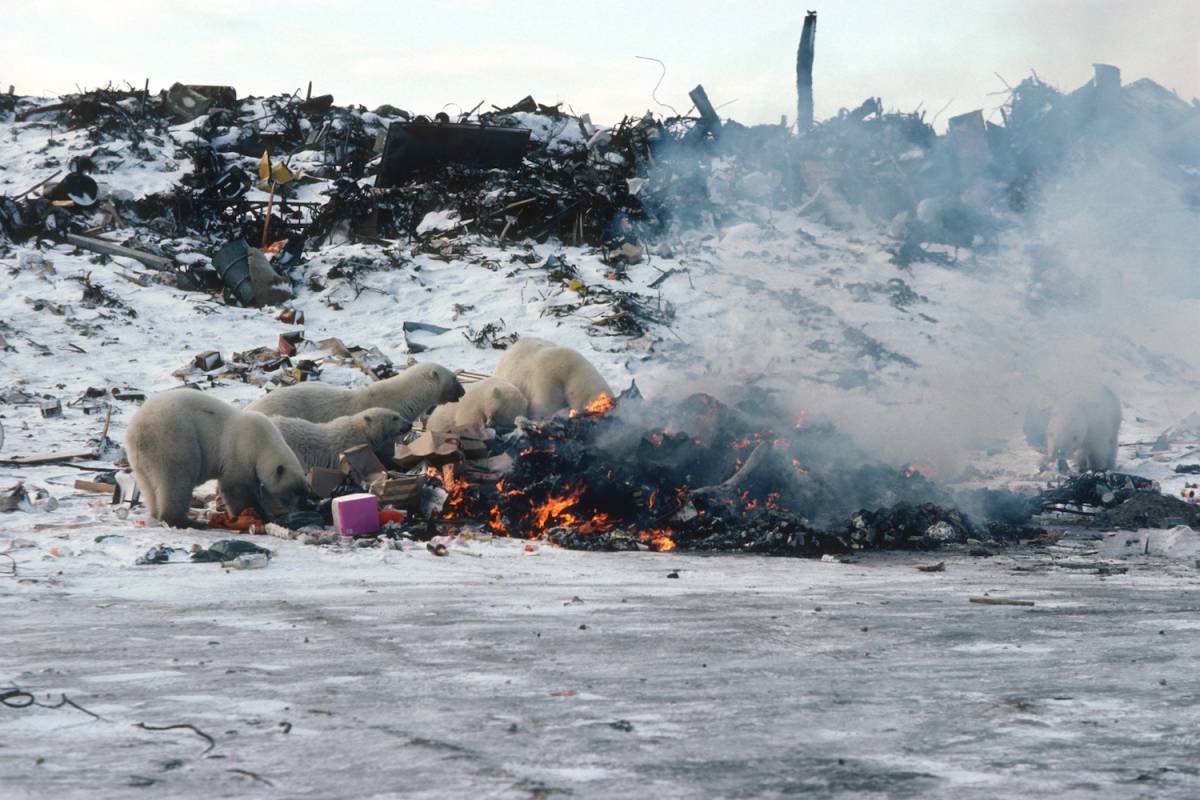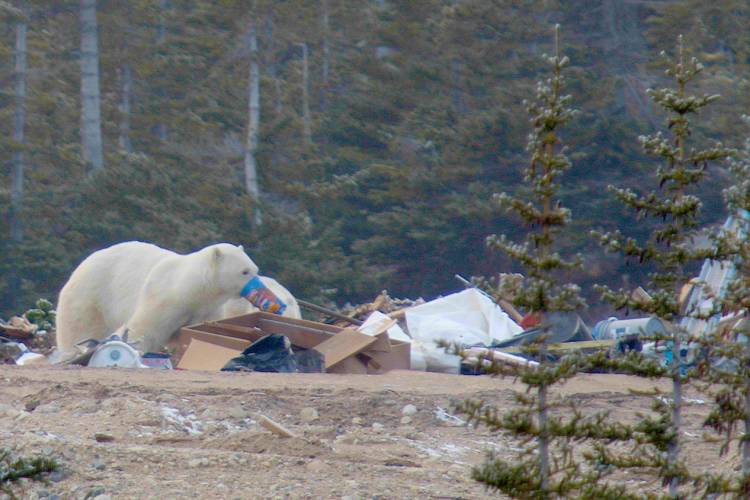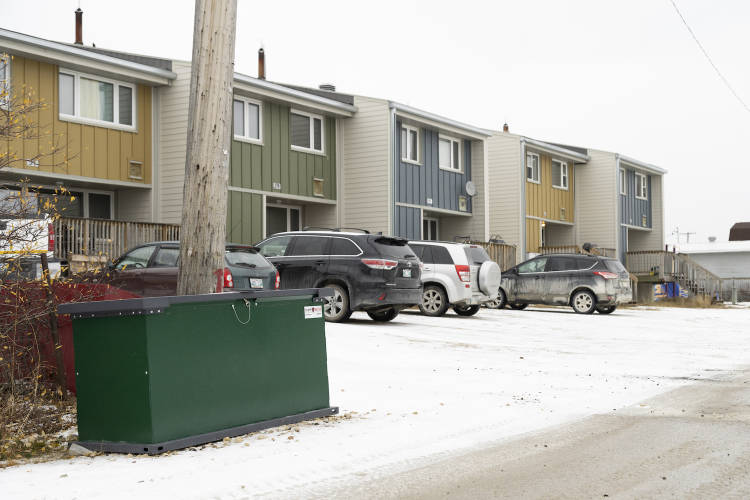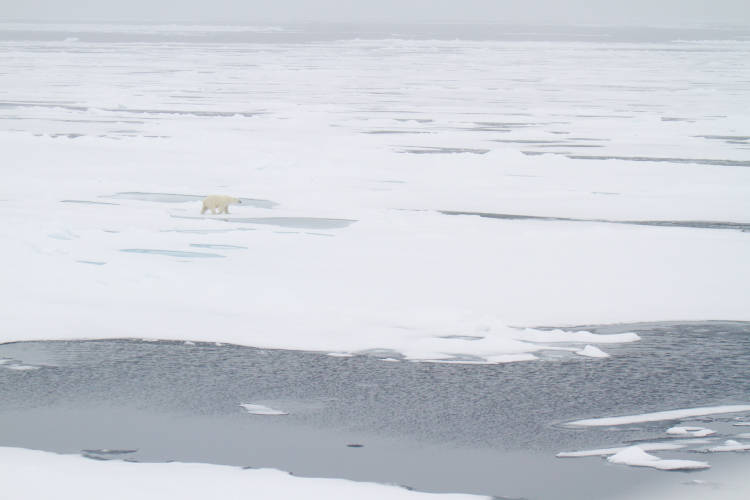Earlier this year, a team of scientists, including two from Polar Bears International, published a study outlining the risks of human food waste on polar bears. Historically, this was only a problem for bears living in seasonal ice areas—more southerly parts of the Arctic where the sea ice melts each summer, forcing the bears ashore. But as temperatures rise in the Arctic and the sea ice melt has become more pervasive, many communities are experiencing encounters with polar bears for the first time.
“Being proactive in managing food waste and reducing food attractants are critical steps in reducing conflict and helping polar bears and people coexist,” says Geoff York, senior director of conservation at Polar Bears International and one of the study’s coauthors.
The researchers looked at case studies from a range of places across the Arctic—from Russia’s Wrangel Island to Svalbard to northern Alaska—and discovered a number of risks associated with food waste. Not only is it harmful to polar bears–often leading to ingested plastics and toxins–it can attract hungry bears and become a flashpoint for human-bear conflict.


















